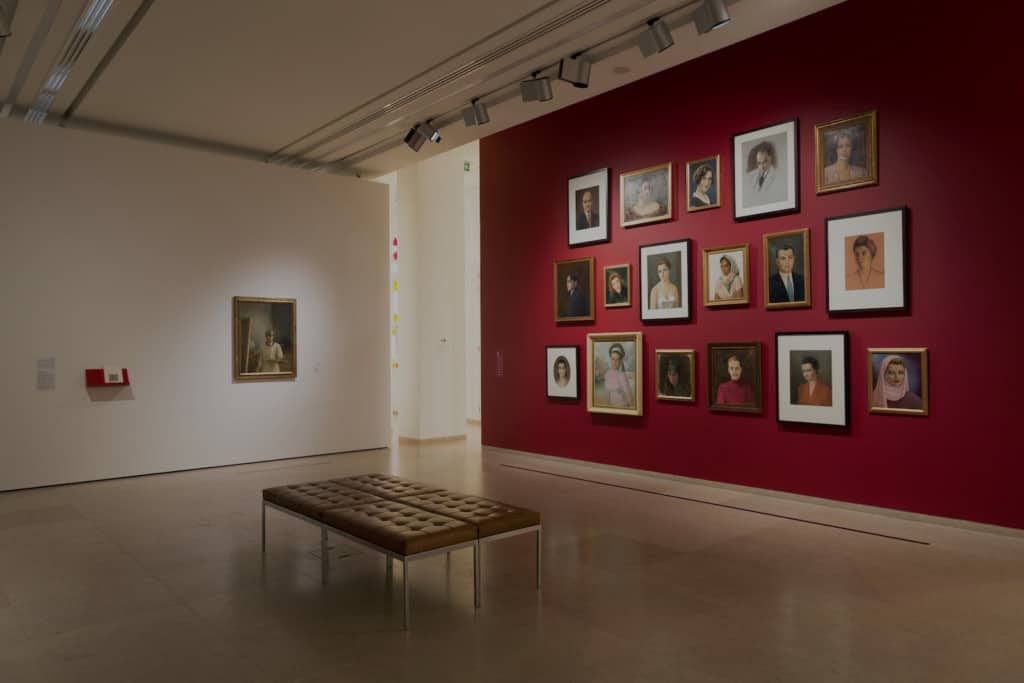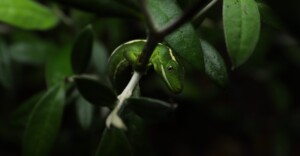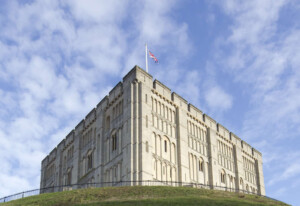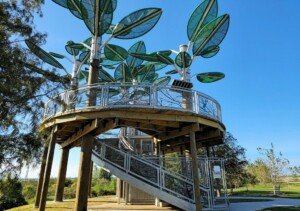The Sursock Museum is a modern and contemporary art museum in Beirut, Lebanon. Housed in Nicolas Sursock’s former residence, a striking villa with architecture that integrates Venetian and Ottoman elements, it dates back to 1912. Zeina Arida, Director of the Sursock, has a career spanning 20 years in the Lebanese cultural sector.
From 1997 to 2014, she was the director of the Arab Image Foundation (AIF), where she set up and managed artistic and photographic preservation projects. A board member of the Arab Fund for Arts and Culture (AFAC) from 2006 to 2012, she was also a member of the Prince Claus Fund Network Partner Committee from 2007 to 2013.
Zeina Arida is currently a member of the Board of Directors of MUCEM, Marseille; a member of the Advisory Board of Darat Al Funun, Amman; and a member of the Scientific Committee of Beit Beirut.
Zeina Arida and the museum sector
“The way my career developed brought me to the museum sector,” she says. “I came back to Lebanon right after the end of the civil war and started working in the cultural sector in a job which gave me a thorough knowledge of the art scene.
“It was the mid-nineties, and my generation – the generation born with the war – were building non-profit institutions. I was a founding member and director of the Arab Image Foundation and ran it for 17 years. We started it from nothing, we had to develop the whole institution and the collection. We were one of the first non-profits to be able to raise money from international organisations.”
Through the Arab Image Foundation, she developed experience in managing a collection, preservation, fundraising, and building an institution that became well-known at both the national and international levels.
“The Sursock Museum was being renovated,” says Arida. “They had a major expansion project that took almost 10 years, and towards the end of the works they were looking for a young director to set up the new museum, hire a new team, and think about programming They hired a head-hunting company, which contacted me.”
The Sursock Museum
The Sursock Museum, which first opened its doors in 1961 and had a significant impact on the art scene for 15 years, had been largely absent from the post-war stage.
“From the beginning of the Civil War, it stagnated, like many other institutions,” says Arida.

In the post-war period, the Sursock incumbents failed, she explains, to grasp what was happening in contemporary art, and the change throughout the cultural sector. This meant that their work in the post-war period lacked relevance:
“Although it was the only museum with which The Arab Image Foundation could, for instance, collaborate on exhibitions, during that period we did not work with that museum. They were just not equipped for these kinds of conversation.”
An opportunity for Beirut
When she was offered the job of Director of the Sursock Museum, Arida felt it would be a great opportunity both for herself and for Beirut:
“With my team, I had been struggling for almost 20 years without institutional support, fighting hard to do any kind of exhibition.”
“It was evident what this museum should offer to Beirut and the community at large. The new museum, furthermore, was five times bigger, so it was a cultural infrastructure suddenly offered to Beirut that was very much needed.
“I accepted the job and was able to work for a year and a half before the reopening to really look at the history of the museum, its collection, and build a revised vision and position in the more general landscape in Beirut.
“It is the only art museum, per se, in Lebanon. There are many art spaces, but this remains the only art museum.”
A space for the community
The Sursock Museum will be celebrating its 60th anniversary this year.
From the start, Arida says:
“It was evident that this museum had to function as a hub, collaborating with a lot of non-profits, collectives, artists, universities. This is how I worked, with the team, on the programming strategy, and it has proven to really have good results.
“The museum has drawn an average of 70,000 visitors a year over the last 5 years. This is a figure which, for Beirut, exceeded all expectations: we did not envisage so many people would come.”
In October 2019, the situation in Lebanon came to a head with a perfect storm of events.
The financial crisis, the government’s failure to provide even basic services, a shortage of foreign currency leading to the Lebanese pound losing value against the dollar, unprecedented wildfires highlighting the underfunding of the fire service, were all issues that contributed to the smouldering discontent erupting in protests that became known locally as the October Revolution.
“Since October 2019,” Arida says, “Challenging has been a small word. It has been almost impossible to work.”
A difficult climate
The cultural community in Lebanon was experiencing significant difficulties prior to the August 2020 blast. Cultural institutions were already strained by recent events, including a popular uprising, an economic collapse, and the global pandemic.
For the past two years, Lebanon has been facing the worst economic crisis in its history. The Lebanese Lira plummeted to half its official value last year, and the country is on the brink of financial collapse.
Relying mainly on private initiatives, the cultural sector was already suffering from a major lack of financial resources. The budget of the Ministry of Culture represents less than 1% of the total government budget. (Beirut After the Explosion: The Effects on the Cultural Heritage and the Museums, 2021)
Cancelled exhibitions at the Sursock Museum
The Sursock constantly modifies its programming for financial and security reasons.
“We have the museum’s programme planned in advance,” says Arida. “We usually begin working on researching the big, temporary exhibitions 2-3 years in advance.
“Very soon after October 2019 we had a major exhibition for 2020 cancelled. This was because the lenders were not in Lebanon, and couldn’t take the risk of lending under the current conditions. Then a second was cancelled because the artist we had invited for a solo show considered that it was a difficult time to deal with contemporary art in such a context in the country, so decided, together, to postpone.”
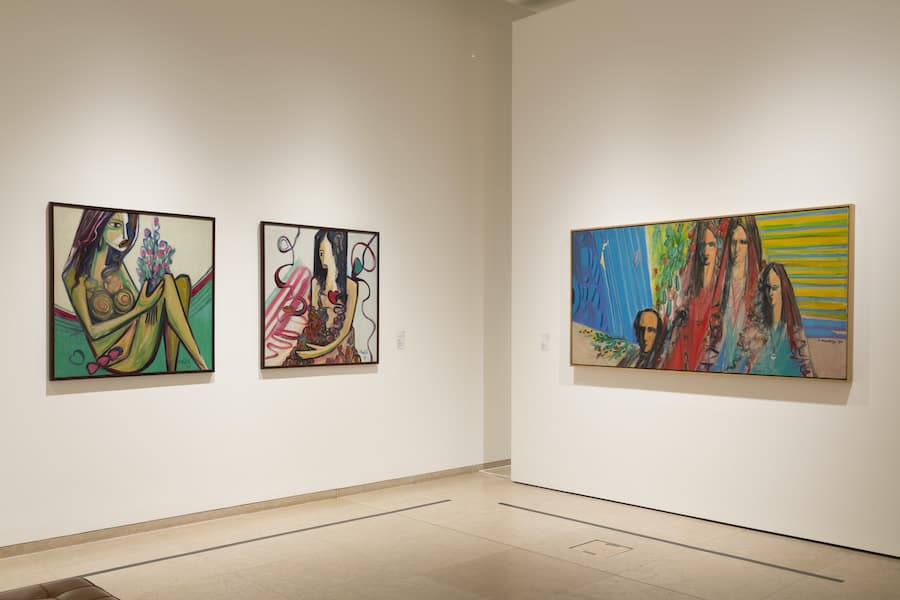
“Then, of course, we had to close the museum because of the pandemic. And we had to remain closed because of the revolutionary activity. We tried to continue working on programming. So we had one exhibition when we re-opened the museum after the first two-month lockdown.
“In June 2020 we opened one temporary exhibition, rather than the four that we usually do, because it was the only one we were ready to do in such a short time.
“Then the early August blast destroyed the museum.”
The Beirut blast
The double explosion that originated in Beirut’s seaport and rocked its capital travelled a 10 km radius east of Beirut. It killed more than 200 people, injuring 7000, and damaging more than 8000 buildings. Equivalent to a 4.5-magnitude earthquake on the Richter scale, it is one of the most powerful non-nuclear explosions in history. The echo of the blast was felt in Cyprus, 200 km distant.
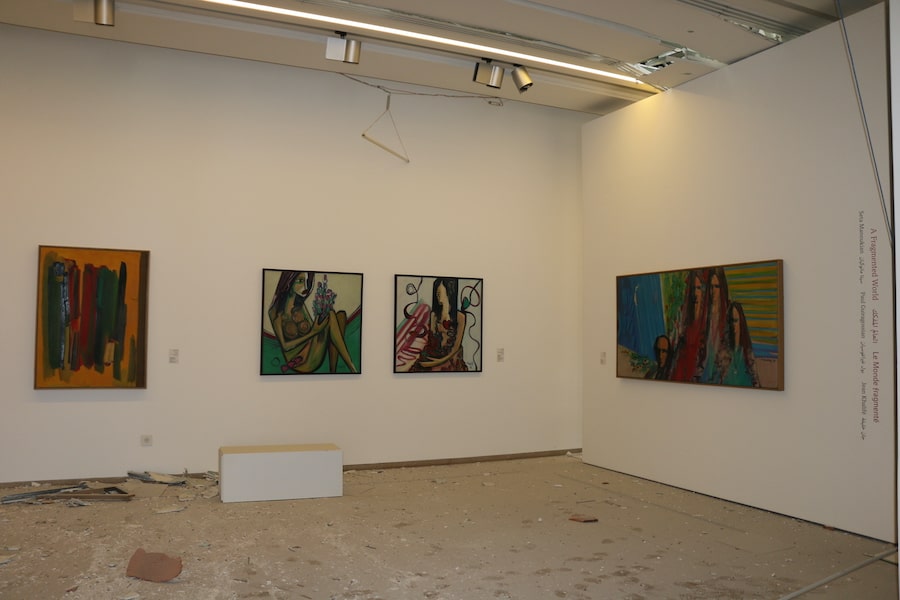
Zeina Arida says:
“We were lucky, in some respects. In the summer of 2019, we had a major exhibition production on Baalbek. We shot it in 360 as a virtual exhibition on our website, which was the first one we did. This was ready by the start of the lockdown, so was online in March 2020.
“Then we were lucky, too, to have done the same for the main building; so the collection on display, and the historical part of the building. This was online 10 days after the blast.”
Rebuilding the Sursock Museum
The destruction of the museum is particularly devastating, Zeina Arida says, because of the recent renovations:
“It was new. Five years is nothing. All the equipment was new. We have worked with all the major non-profits in the art and culture sector in Lebanon; we have done a lot of collaborations in programming.”
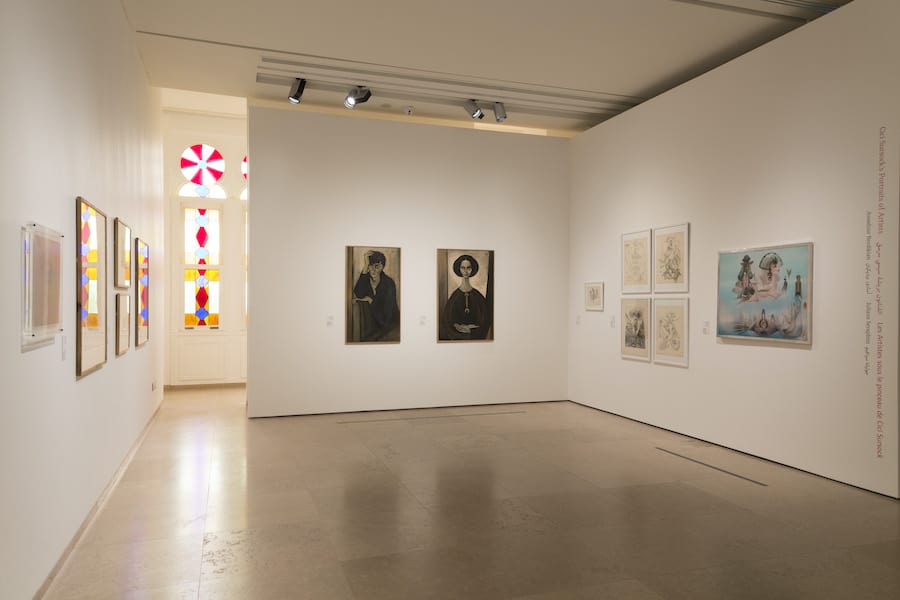
“So it is not only about the museum’s premises; it’s about an important tool for the cultural sector. It is a public space that can cater to a very wide audience; Sursock Museum is free of charge. This is what makes it even more urgent to rebuild and reopen.”
Fundraising for recovery
The Sursock is not only a beautiful and unique building; it was also 800m from the site of the explosion. In raising funds, Arida feels the Sursock has been more successful than other non-profits:
“There was huge international media coverage, much of which focused on the museum, because of our special situation.
“But it was also a handicap for fundraising. Many governments and other countries who wanted to help were told, or assumed, that Sursock had already gathered what it needed. Basically, we had to communicate a lot more, explaining that no, we hadn’t actually received all the funds we needed.”
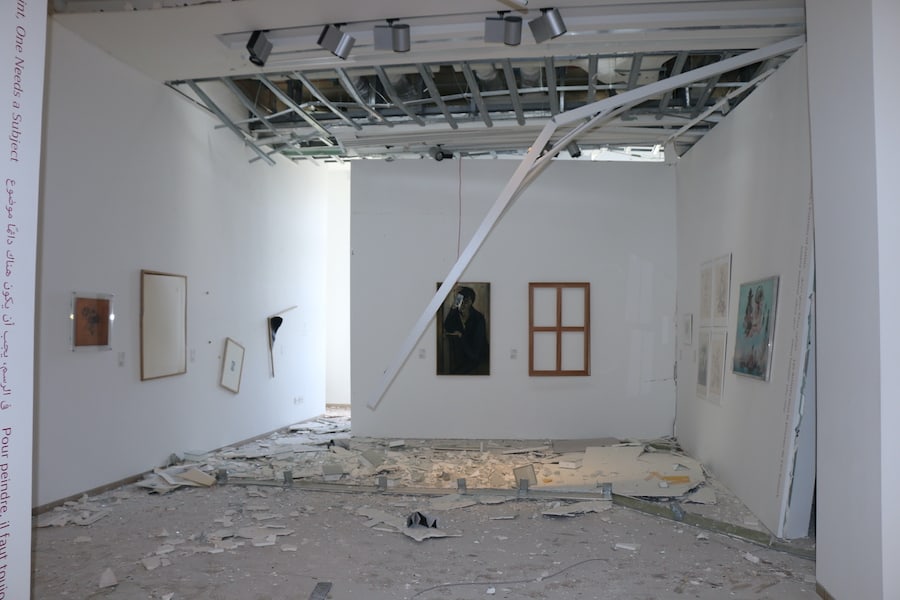
“We have two grants totalling one million dollars. Plus we are in conversation about the possibility of a further grant of more or less 800,000.
“The total we need is 3 million dollars. We are continuing to appeal for funds while starting the first phase of the reconstruction, thanks to the first grant.”
Surviving the blast
It has been disheartening because she isn’t simply the employee of a museum with a collection, strategy and programme in situ when she arrived:
“The team and I are the ones who worked on every single little detail of that museum. So, this is even harder for us, on a human level.”

Zeina Arida and her team were in the museum when the blast happened. The fact none of them were harmed is down to Arida’s war experience:
“I heard a noise before the first explosion. I asked everyone to move far away from the windows, and then the blast hit. We heard the destruction of the museum around us in the ten seconds after the blast.”
Future exhibitions at the Sursock Museum
Apart from the funds being raised now for the reconstruction, money will also have to be raised just to be able to run and to put on exhibitions.
Zeina Arida adds:
“We don’t have access to foreign currency. If we invite an artist or a curator from elsewhere to give a talk, we like to pay a small fee. We no longer have foreign currency with which to do this.”
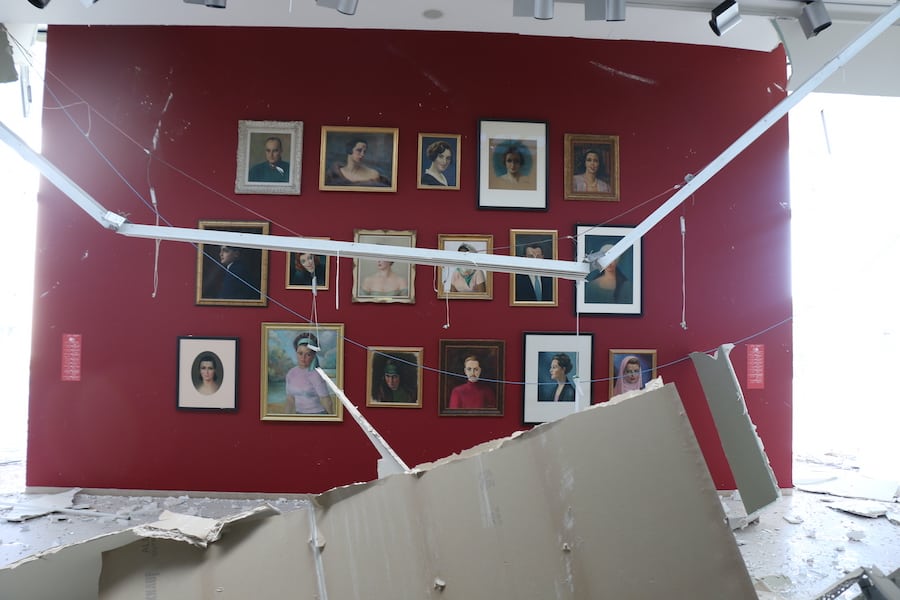
“One of the consequences of the global pandemic is that the global financial situation is bad. This means it will be harder than ever to raise money – like any other museum, but in other conditions, it would have been less problematic to secure funding, because of our situation in Lebanon.
“But, as everyone is struggling, I cannot worry about this now, otherwise I will just stop working. We need, first, to raise the money for rebuilding – and, of course, restore the collection.”
Restoration campaign
It is fortunate than during the August blast, there was only one temporary exhibition on the first floor of the main building, and the permanent collection on display. Of over 130 artworks that were on display, 57 were damaged.
“We are planning the restoration campaign,” says Zeina Arida. “It will take place mainly in Lebanon, with the support of a few institutional collaborators.”
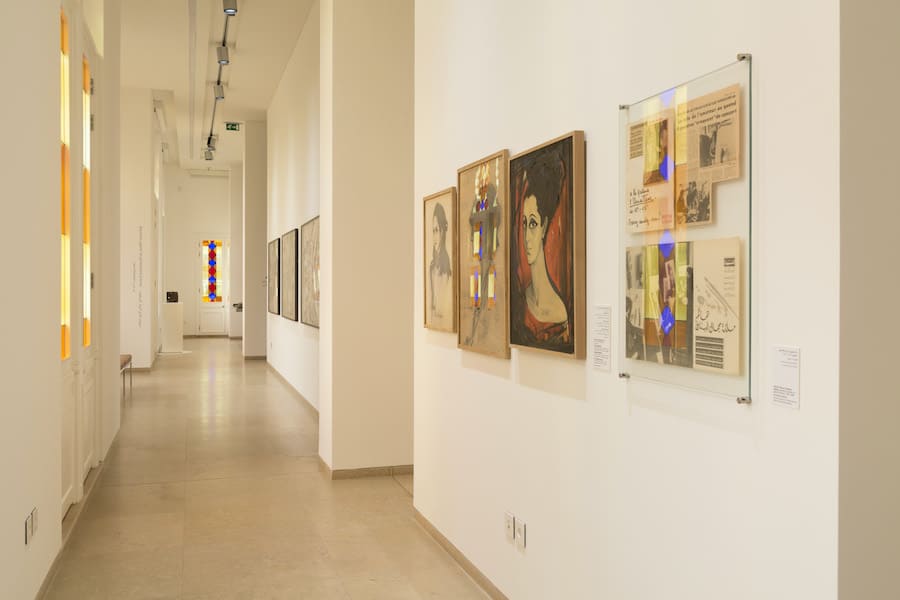
“We also had to institute a dusting campaign to remove the dust from the artworks and the archive. The blast did damage even in the fourth basement. All the doors from Floor 2 to Minus 4 were blown away and four ceilings, down to Minus 2 were brought down. Plus a lot of our electromechanical equipment was destroyed as well as the lighting system on the second floor.
“The artworks in both our storage spaces were fine, but the dust came into the whole building, into every floor. So, we had to do a two-month dusting campaign with a huge team of volunteers. This took place in early December.
“Now, we are planning on starting the restoration campaign.”

Save the Sursock Museum
Meanwhile:
“We are entering a new phase with the pandemic. Lebanon has been rated for two days now as the worst country by the proportion of people infected in the overall population.”
Many hospitals were destroyed by the blast, so are still not functioning at full capacity. A lot of doctors and nurses have left the country, as have many other people.
“The problem for us in Beirut when talking about the consequences of the pandemic on the cultural sector is that we are dealing with so many other, in many ways more problematic, issues. A lot of artists have left. Who are we going to work with? These are all things we are thinking about.
“Really, the more we say, ‘it can’t get any worse,’ the worse it gets,” says Zeina Arida. “I don’t know where we’re heading.”
The Sursock Museum has yet to raise the funds it needs to repair the building, restore the artworks, and begin to move forward. For more information on the fundraising appeal, please click here.
All images kind courtesy of the Sursock Museum. Top image: installation view of Ten Stories from the Sursock Museum Collection, section: For a Humanist Art, taken in 2018 by Christopher Baaklini
